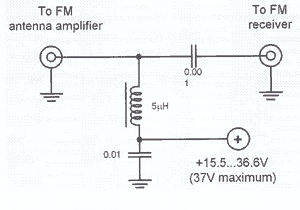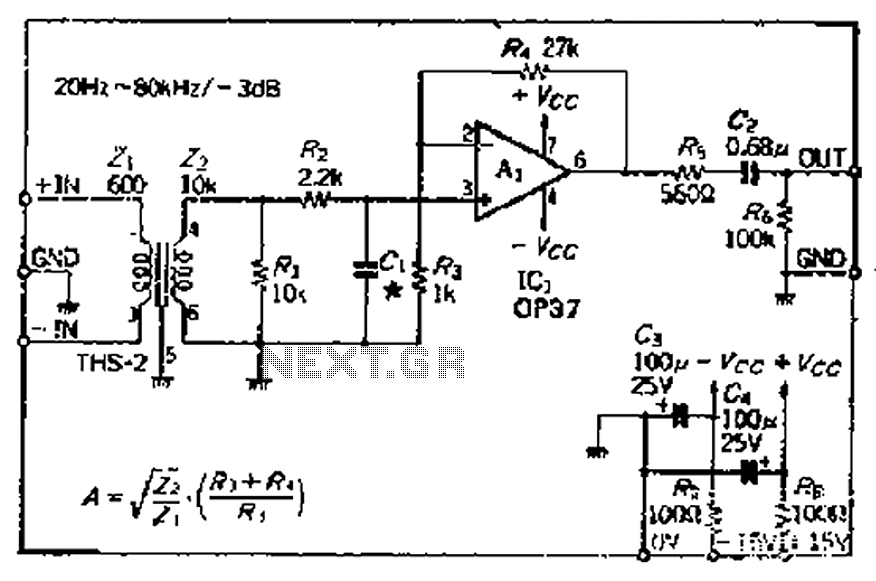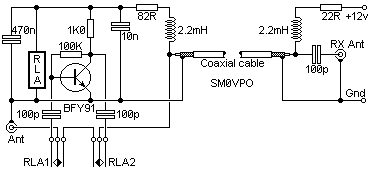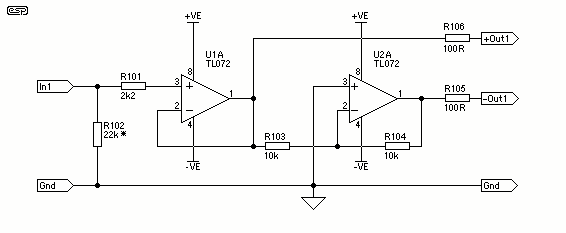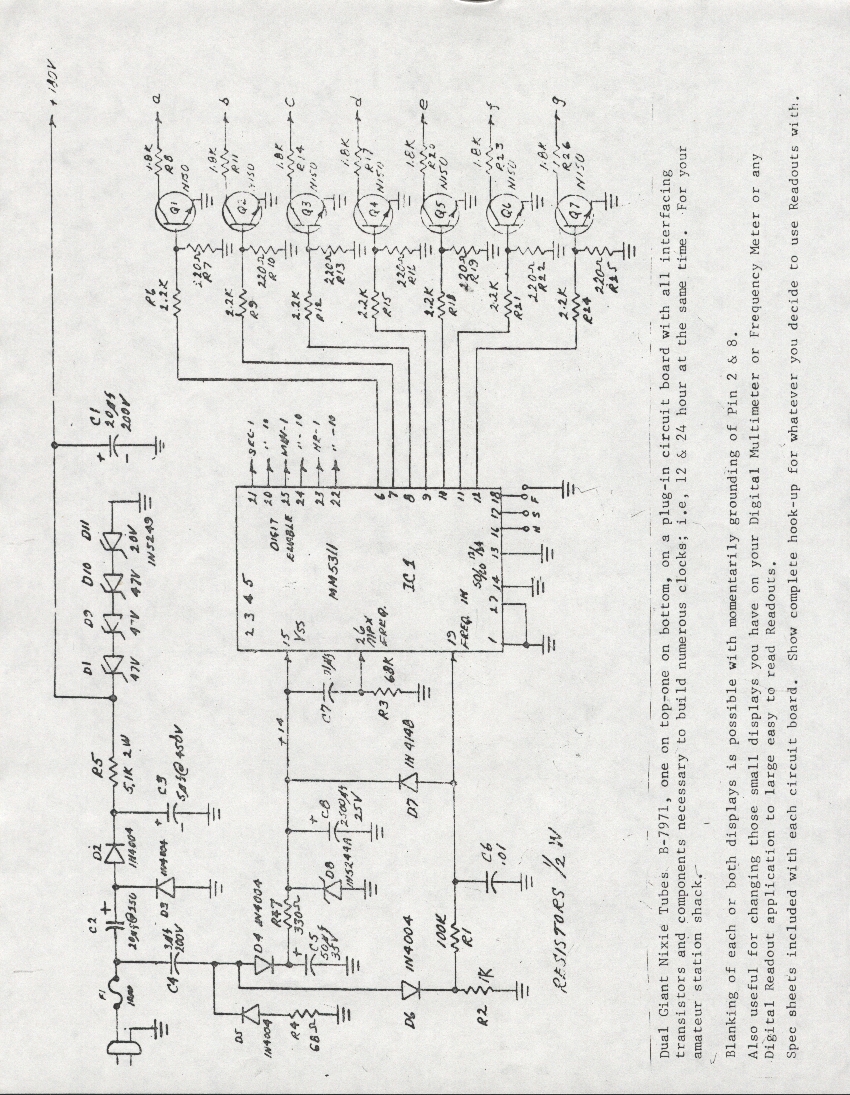
OTL tube amp amplifier production
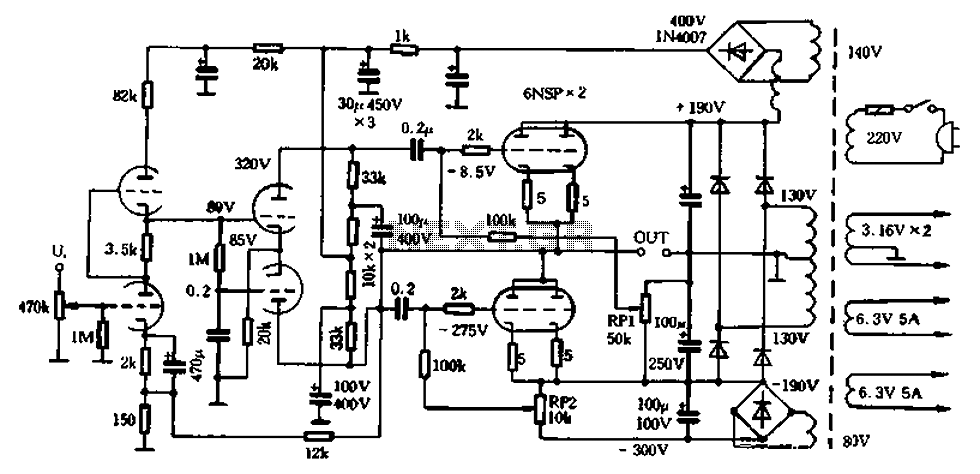
The 6N5P is a low resistance tube with an output impedance of 400 ohms, utilized in a parallel push-pull configuration. The output impedance of a single tube half can be further reduced when employing two or three tubes in parallel. This configuration allows for the elimination of the output transformer when using a dual supply and properly adjusting the bias position. Additionally, the output capacitor can also be removed. The entire circuit is illustrated in Figure 1-33, which depicts the operating voltage across RPl at different levels. RP2 is used to set the maximum resistance for adjusting the final stage and the screen flow at the midpoint output. A multimeter set to the 1V block is used to measure the voltage across the resistor. By adjusting RP1 and RP2, the voltage drop across the resistor is set to 0.2V.
The 6N5P tube is a versatile component in audio amplifier designs, particularly in configurations that require low output impedance. In a parallel push-pull arrangement, multiple tubes work together to improve efficiency and reduce distortion. Each tube in the setup contributes to a lower overall output impedance, which is critical for driving speakers effectively.
The circuit design includes an output transformer that can be omitted if a dual power supply is implemented. This allows for a more compact design and potentially improves the overall fidelity of the amplifier by reducing the number of components that can introduce noise or signal degradation.
The biasing of the tubes is vital for optimal performance. The use of RP1 and RP2 allows for fine-tuning of the operating point of the tubes, ensuring that they function within their linear range. This adjustment is crucial for achieving the desired sound quality and preventing distortion during operation.
In practical applications, the multimeter serves as a diagnostic tool to monitor the voltage drop across the resistor, which is indicative of the current flowing through the circuit. Setting the drop to 0.2V is a typical procedure to ensure that the tubes are operating correctly and within specified parameters.
Overall, the described circuit configuration with the 6N5P tubes is designed to deliver high-quality audio performance while maintaining simplicity and efficiency in its design. The careful selection of components and the adjustment of biasing resistors play a significant role in achieving the desired audio characteristics.6N5P the output impedance of 400 ohms low resistance tube used as a parallel push-pull, the output impedance of a single tube half, and then two-three-plate and pipe used in pa rallel, the impedance will be further reduced, it can be removed from the output transformer used double supply and reasonable bias position adjustment, can be removed from the output capacitor, the whole circuit is shown in Figure 1-33. The figure shows the operating voltage o RPl between levels. RP2 set maximum resistance for adjusting the final stage and screen flow midpoint output. Multimeter set 1V block were measured and down tube 5 (! Voltage across the resistor, adjust RP1, RP2 so drop across the resistor 0.2V.
The 6N5P tube is a versatile component in audio amplifier designs, particularly in configurations that require low output impedance. In a parallel push-pull arrangement, multiple tubes work together to improve efficiency and reduce distortion. Each tube in the setup contributes to a lower overall output impedance, which is critical for driving speakers effectively.
The circuit design includes an output transformer that can be omitted if a dual power supply is implemented. This allows for a more compact design and potentially improves the overall fidelity of the amplifier by reducing the number of components that can introduce noise or signal degradation.
The biasing of the tubes is vital for optimal performance. The use of RP1 and RP2 allows for fine-tuning of the operating point of the tubes, ensuring that they function within their linear range. This adjustment is crucial for achieving the desired sound quality and preventing distortion during operation.
In practical applications, the multimeter serves as a diagnostic tool to monitor the voltage drop across the resistor, which is indicative of the current flowing through the circuit. Setting the drop to 0.2V is a typical procedure to ensure that the tubes are operating correctly and within specified parameters.
Overall, the described circuit configuration with the 6N5P tubes is designed to deliver high-quality audio performance while maintaining simplicity and efficiency in its design. The careful selection of components and the adjustment of biasing resistors play a significant role in achieving the desired audio characteristics.6N5P the output impedance of 400 ohms low resistance tube used as a parallel push-pull, the output impedance of a single tube half, and then two-three-plate and pipe used in pa rallel, the impedance will be further reduced, it can be removed from the output transformer used double supply and reasonable bias position adjustment, can be removed from the output capacitor, the whole circuit is shown in Figure 1-33. The figure shows the operating voltage o RPl between levels. RP2 set maximum resistance for adjusting the final stage and screen flow midpoint output. Multimeter set 1V block were measured and down tube 5 (! Voltage across the resistor, adjust RP1, RP2 so drop across the resistor 0.2V.

